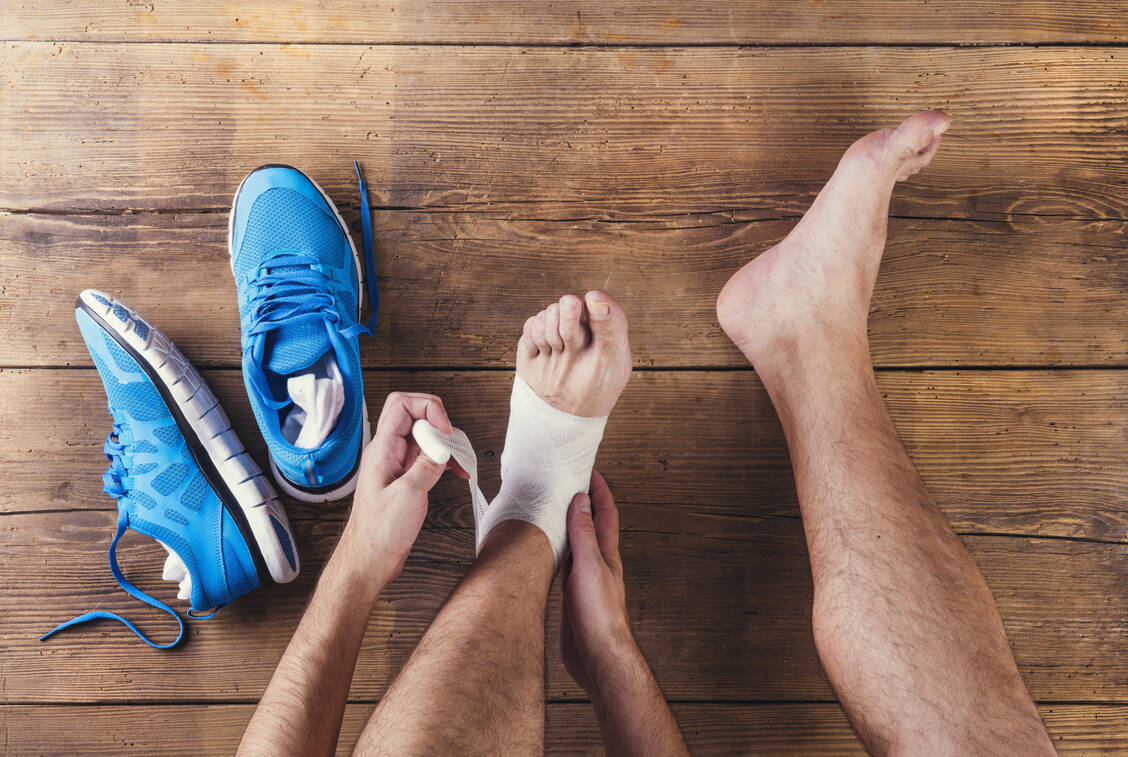When it comes to immediate measures for minor (sports) injuries without an open wound, many people immediately think of the PECH-rule: rest, ice, compression and elevation. These four measures apply for the first 24 hours after an injury and are designed to reduce haemorrhaging and swelling. However, a key part of the PECH rule, namely cooling, is now controversial. If the body temperature is lowered locally, this causes vasoconstriction and reduced blood flow. Although this may make a haematoma less pronounced, it also reduces blood flow, which can be useful in this situation. It ensures that more nutrients and oxygen reach the affected tissue.







